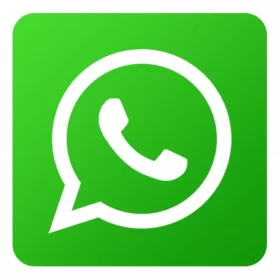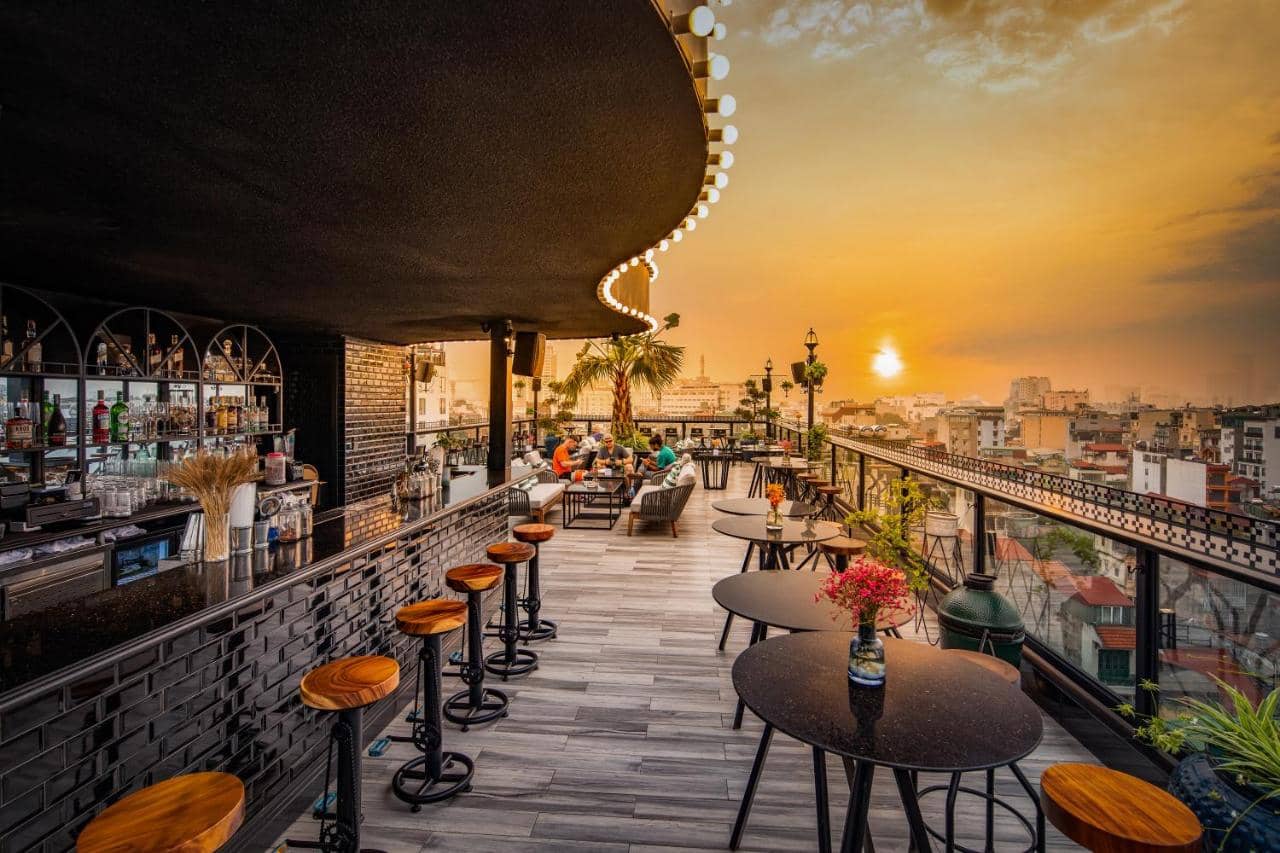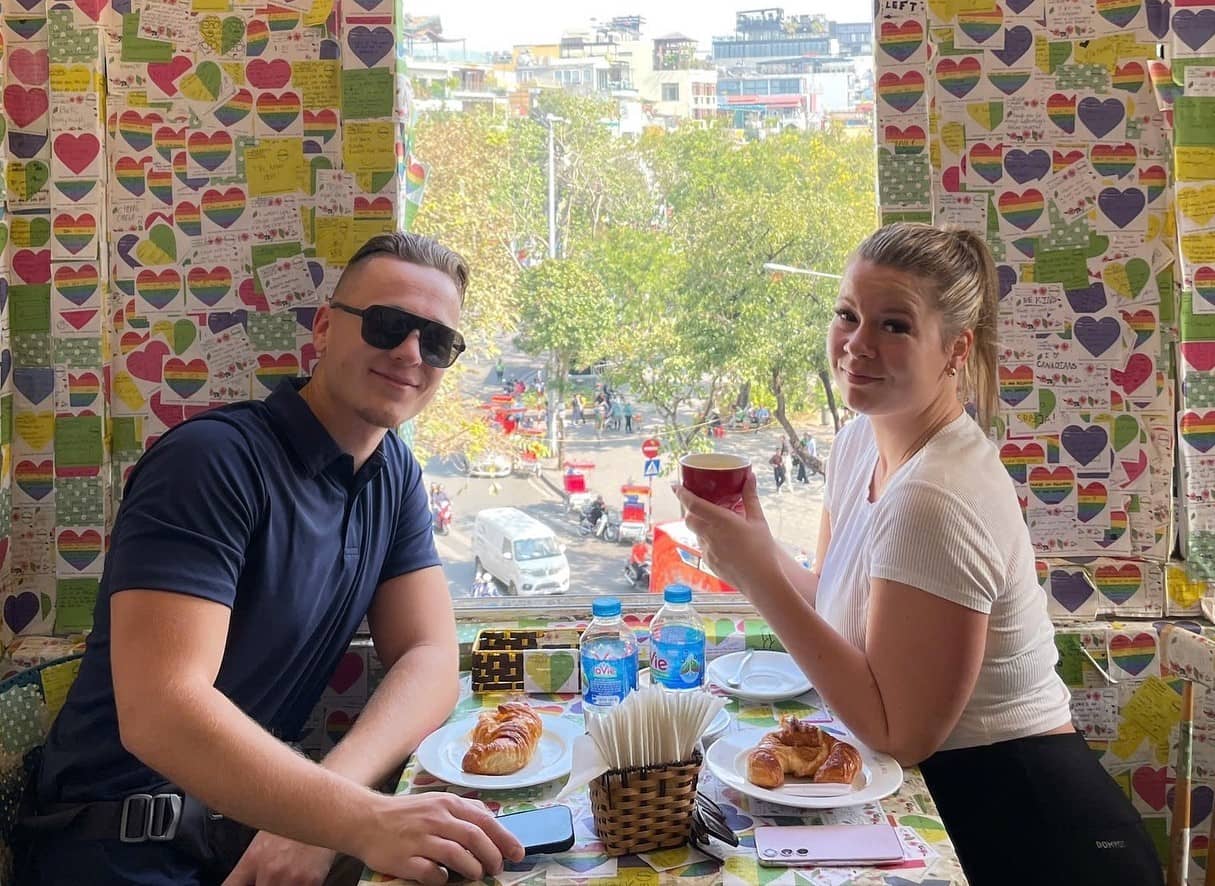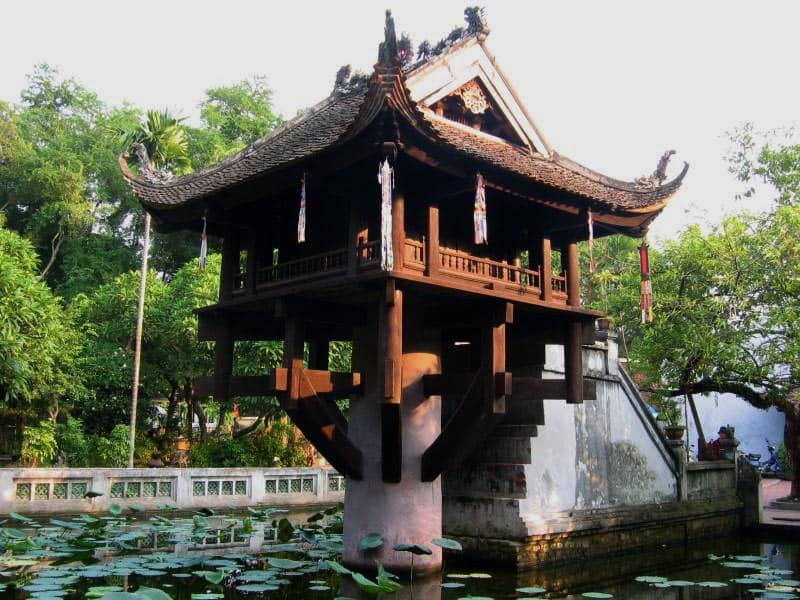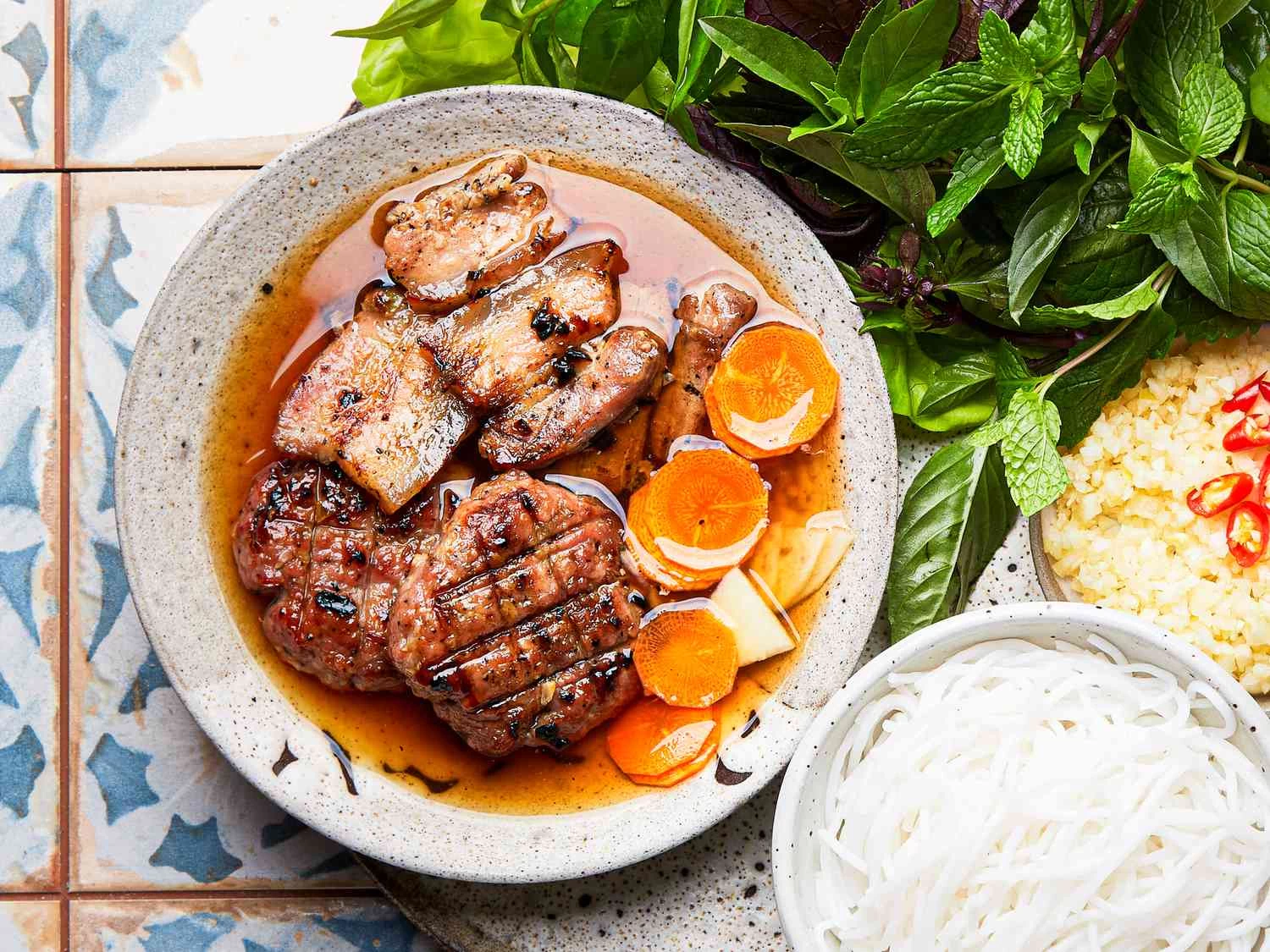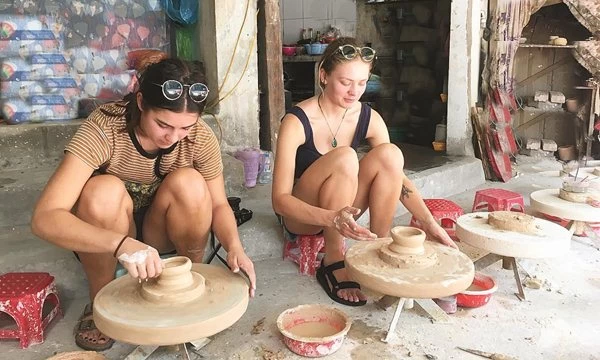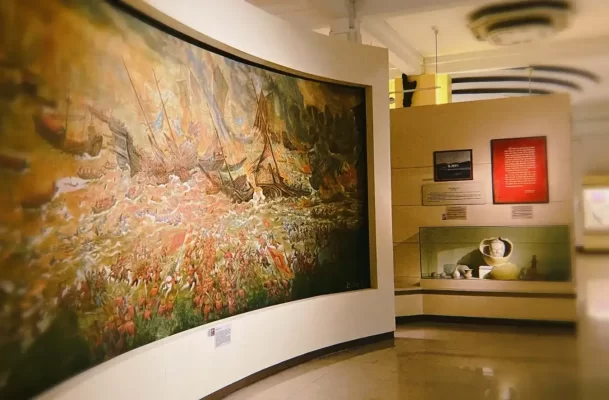
Let’s explore history through museums in Hanoi
Discover the top 5 must-see museums in Hanoi. Explore the Vietnam National Museum of History, which showcases ancient artifacts and historical exhibitions. Immerse yourself in the traditions of Vietnam at the Museum of Ethnology, featuring diverse ethnic group displays. Admire traditional and contemporary art at the Vietnam Fine Arts Museum. Perfect for international tourists seeking to enrich their travel experience, these museums offer a deep dive into Hanoi’s past and present. Plan your visit with Ula Travel today!
I. Introduction to Museums in Hanoi
1. Overview of Museums in Hanoi
Hanoi, the vibrant capital city of Vietnam, is home to a rich tapestry of museums that play a crucial role in preserving and showcasing the cultural, historical, and artistic heritage of both the city and the nation. These institutions are not only repositories of valuable artifacts but also serve as educational hubs that offer insights into Vietnam’s diverse heritage.
2. The Role of Museums in Hanoi
Hanoi museums are integral to the preservation of Vietnam’s rich history and culture. They provide a window into the past, allowing both locals and international visitors to gain a deeper understanding of the country’s evolution over centuries. Each museum offers a unique perspective, contributing to a comprehensive picture of Vietnam’s historical and cultural development.
- Cultural Preservation: Museums in Hanoi are dedicated to safeguarding Vietnam’s cultural heritage. They house an array of traditional artifacts, including costumes, tools, and household items from various ethnic groups, ensuring that future generations can learn about their ancestors’ ways of life.
- Historical Insight: Many museums focus on specific historical periods or events, offering detailed accounts of Vietnam’s past. They explore significant events, such as the struggles for independence and the impacts of various historical figures. By presenting historical narratives through artifacts, documents, and multimedia displays, these museums provide a nuanced understanding of Vietnam’s journey through time.
- Artistic Expression: Art museums feature works by renowned Vietnamese artists, both historical and contemporary, showcasing a diverse range of styles and mediums. These museums not only celebrate Vietnam’s artistic heritage but also engage with global art trends, fostering cross-cultural exchanges.
II. Why Visitors Should Visit Museums in Hanoi
1. Unique Cultural and Historical Experience
Visiting museums in Hanoi offers an unparalleled opportunity to immerse yourself in the rich cultural and historical tapestry of Vietnam. Each museum presents a unique narrative that reflects different aspects of Vietnamese life, history, and traditions. For international travelers, these museums serve as a gateway to understanding the complexities and nuances of Vietnam’s past and present.
2. Opportunity to Learn and Discover Local Cultural Values
Exploring Hanoi museums allows international tourists to delve into the local cultural values and practices that define Vietnamese society. Through carefully curated exhibits and interactive displays, these museums offer insights into the traditions, customs, and lifestyles of the Vietnamese people.
3. Exploration of the Art and Heritage of Vietnam
Vietnamese art and heritage are vividly represented in Hanoi museums, making them essential destinations for art enthusiasts and history buffs alike. These institutions not only preserve but also celebrate the artistic achievements and cultural heritage of Vietnam.
III. Top 5 Must-See Museums in Hanoi
1. Vietnam National Museum of History
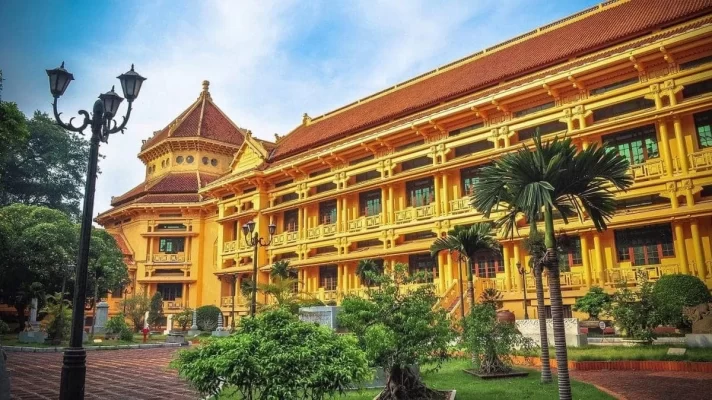
Vietnam National Museum of History
The Vietnam National Museum of History, established in 1958, plays a crucial role in preserving and showcasing Vietnam’s rich historical and cultural heritage. Situated in Hanoi, the museum is housed in a historic French colonial building, which adds to its charm and significance.
The museum’s mission is to collect, conserve, and exhibit artifacts that illustrate the historical development of Vietnam from its early days to the modern era. It serves as an educational resource and cultural treasure trove for both locals and international visitors.
Highlights:
The museum features an extensive collection that spans thousands of years of Vietnamese history. Notable exhibitions include:
- Prehistoric and Ancient Artifacts: The museum’s collection includes tools, pottery, and sculptures from various ancient Vietnamese cultures, such as the Dong Son culture, known for its intricate bronze drums and artifacts.
- Historical Relics: Exhibits cover significant historical periods, including the Champa Kingdom, the rise of the Ly, Tran, and Le Dynasties, and the French colonial era. Key artifacts include royal regalia, traditional weapons, and historical documents.
- Cultural Exhibits: The museum also showcases traditional Vietnamese clothing, household items, and religious artifacts, providing a glimpse into the daily lives and customs of past Vietnamese societies.
The display spaces are thoughtfully designed to enhance the visitor experience. Large exhibition halls and thematic galleries allow for a comprehensive view of Vietnam’s historical narrative, with well-organized sections dedicated to different historical periods and cultural aspects.
Visitor Information:
- Opening Hours: The museum is open daily from 8:00 a.m. to 5:00 p.m., with the exception of Mondays, when it is closed for maintenance.
- Address: 1 Trang Tien, Phan Chu Trinh, Hoan Kiem, Hanoi
- Admission Fee: The entrance fee is approximately 40,000 VND for adults and 20,000 VND for children.
Learn more about: Things to do in Hanoi
2. Vietnam Museum of Ethnology
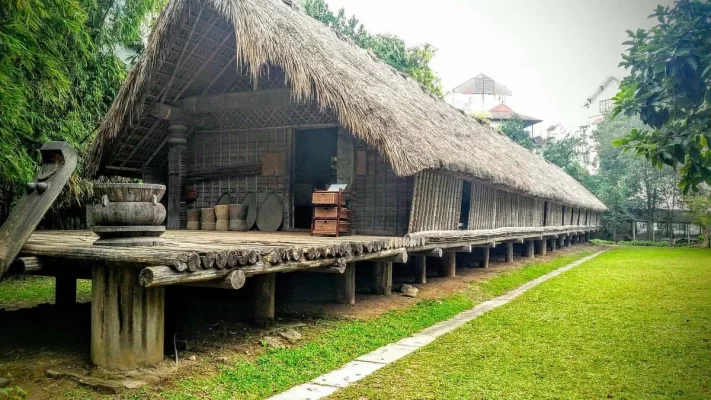
Vietnam Museum of Ethnology
The Vietnam Museum of Ethnology is dedicated to preserving and showcasing the diverse cultural heritage of Vietnam’s ethnic groups. Established in 1997, the museum aims to promote the understanding and appreciation of the rich cultural diversity of the 54 ethnic communities living in Vietnam.
By documenting and displaying various aspects of their traditional lifestyles, the museum plays a crucial role in safeguarding the intangible and tangible cultural heritage of these communities.
The museum’s mission extends beyond mere preservation; it actively engages in educational and research activities to foster cross-cultural understanding and dialogue. Through its exhibitions, educational programs, and publications, the museum helps both locals and international visitors gain deeper insights into the customs, beliefs, and practices of Vietnam’s ethnic groups.
Highlights:
- Ethnic Costumes: The museum houses an extensive collection of traditional costumes from various ethnic groups. These garments showcase intricate designs, vibrant colors, and unique textile techniques, reflecting the cultural identity and social status of the wearers. Highlights include the elaborate embroidery of the H’mong and the elegant silk dresses of the Thai.
- Traditional Tools and Artifacts: Visitors can explore a wide array of traditional tools and everyday objects used by different ethnic communities. These artifacts provide insights into the practical aspects of daily life, such as agricultural tools, household utensils, and ceremonial items. Notable exhibits include rice-husking machines and hunting weapons used by indigenous groups.
- Cultural Practices and Rituals: The museum also features displays on various cultural practices, including traditional ceremonies, festivals, and rituals. Interactive exhibits allow visitors to experience traditional music, dance, and storytelling, offering a more immersive understanding of the cultural heritage of Vietnam’s ethnic groups.
- Architectural Models: One of the museum’s standout features is its collection of architectural models representing traditional ethnic houses and communal spaces. The outdoor display includes full-scale replicas of traditional stilt houses and communal halls, providing a tangible connection to the living environments of Vietnam’s ethnic communities.
Visitor Information:
- Opening Hours: The museum is open daily from 8:30 a.m. to 5:30 p.m. It is closed on Mondays.
- Address: Vietnam Museum of Ethnology, Nguyen Van Huyen Street, Cau Giay District, Hanoi, Vietnam.
- Admission Fees: The standard entry fee is approximately 40,000 VND (about 1.70 USD) for adults and 20,000 VND (about 0.85 USD) for children.
- Additional Information: In-house English/French commentary fee: 100,000 VND
3. Vietnam Fine Arts Museum
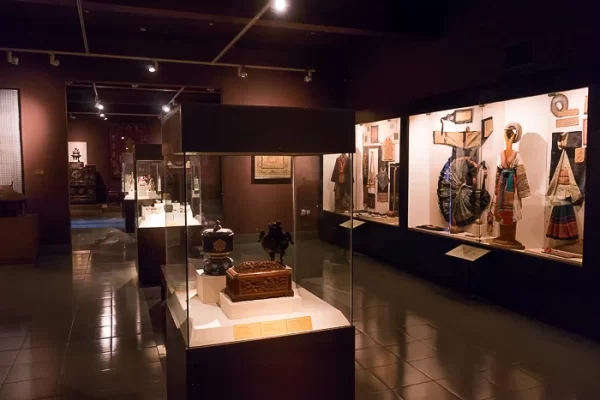
Vietnam Fine Arts Museum
The Vietnam Fine Arts Museum plays a pivotal role in promoting and preserving Vietnamese art and culture. Established to showcase the rich and diverse artistic heritage of Vietnam, the museum serves as a cultural hub where traditional and contemporary art forms are celebrated.
By providing a platform for both renowned and emerging artists, the museum helps to foster a deeper understanding and appreciation of Vietnamese art among locals and international visitors alike.
Highlights:
- Traditional Art Exhibitions: The museum’s traditional art collection offers a comprehensive look into Vietnam’s artistic history. This includes ancient sculptures, intricate wood carvings, and traditional paintings that reflect the country’s cultural and historical evolution. Visitors can admire the beauty of classical Vietnamese art forms, such as lacquer paintings, silk paintings, and traditional ceramics.
- Modern Art Exhibitions: The museum also features a dynamic array of modern art exhibitions. These displays highlight the innovative and contemporary approaches of Vietnamese artists, showcasing their experiments with new mediums and techniques. The modern art section provides a platform for exploring current artistic trends and offers insight into the evolving landscape of Vietnamese art.
- Notable Works: The museum is home to several prominent pieces by celebrated Vietnamese artists. Visitors can view works by famous artists such as Bui Xuan Phai, known for his distinctive depictions of Hanoi’s old streets, and Nguyen Gia Tri, celebrated for his mastery of lacquer art. These masterpieces not only reflect individual artistic achievements but also offer a glimpse into the broader artistic movements in Vietnam.
Visitor Information:
- Opening Hours: The museum is open daily from 8:30 a.m. to 5:00 p.m. It remains closed on Mondays and national holidays.
- Address: Vietnam Fine Arts Museum, 66 Nguyen Thai Hoc Street, Ba Dinh District, Hanoi, Vietnam
- Admission Fees:
- Adults: 40,000 VND
- Students and children: 20,000 VND
- Free for children under 6 years old
4. Ho Chi Minh Museum
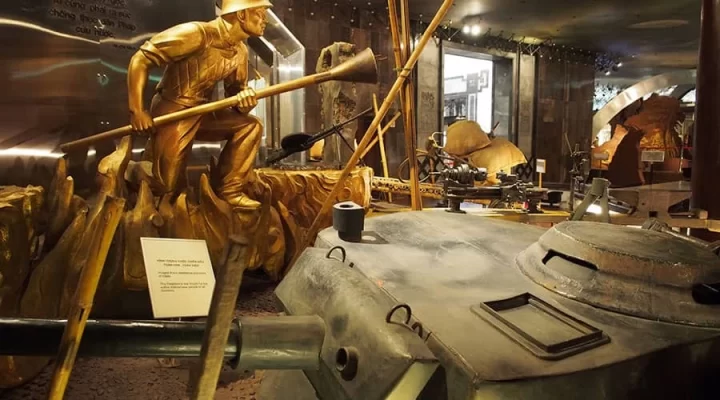
Ho Chi Minh Museum
The Ho Chi Minh Museum plays a pivotal role in preserving and presenting the life and legacy of Vietnam’s revered leader, Ho Chi Minh. Established in 1990, the museum is dedicated to honoring the life and contributions of Ho Chi Minh, who is a key figure in Vietnam’s history and its struggle for independence.
The museum serves as both a historical archive and a cultural monument, reflecting Ho Chi Minh’s ideals, his profound impact on Vietnamese society, and the country’s path to modernization.
Highlights:
- Personal Artifacts: The museum houses an extensive collection of personal items belonging to Ho Chi Minh, including his clothing, furniture, and personal effects. These artifacts offer a glimpse into his daily life and his humble lifestyle, underscoring his commitment to simplicity and integrity.
- Documents and Photographs: Visitors can explore a wealth of historical documents and photographs that chronicle significant events in Ho Chi Minh’s life. These include images from his time in revolutionary activities, his role in leading the Viet Minh, and his journey towards establishing the Democratic Republic of Vietnam.
- Memorial Rooms: The museum features various thematic rooms dedicated to different aspects of Ho Chi Minh’s life and achievements. These include his revolutionary activities, his interactions with international figures, and his enduring influence on Vietnamese culture and politics.
- Interactive Displays: The museum incorporates interactive displays and multimedia presentations that provide a dynamic and engaging experience. These exhibits help visitors understand Ho Chi Minh’s visionary leadership and his lasting impact on Vietnam’s development.
- Historical Relics: The museum also showcases relics from significant historical events associated with Ho Chi Minh, such as the struggle for independence and the formation of the Vietnamese Communist Party.
Visitor Information:
- Opening Hours: The Ho Chi Minh Museum is open daily from 8:00 a.m. to 12:00 a.m. and 2:00 p.m. to 4:30 p.m. It is closed on Mondays and Fridays.
- Address: The museum is located at 19 Ngoc Ha, Ba Dinh, Hanoi, Vietnam. It is situated near the Ho Chi Minh Mausoleum and the Presidential Palace, making it a convenient stop for those visiting these landmarks.
- Admission Fees: Ho Chi Minh Museum charges admission fee only for foreign visitors at 40,000 VND/person.
Do not miss: Hanoi Attractions
5. Vietnam Military History Museum
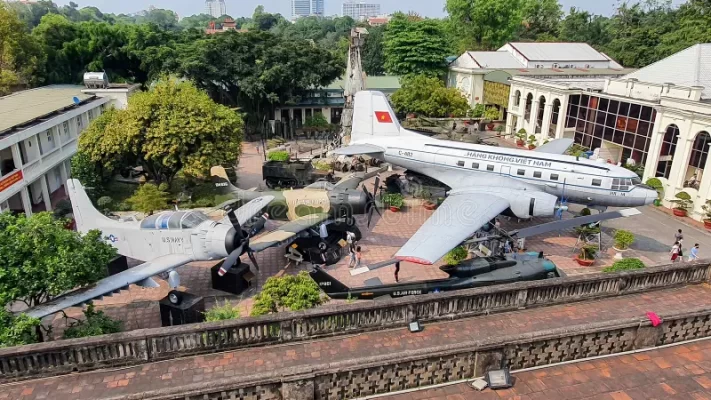
Vietnam Military History Museum
The Vietnam Military History Museum in Hanoi plays a crucial role in preserving and showcasing Vietnam’s military heritage. Established in 1959, this museum aims to honor the bravery and sacrifices of Vietnam’s armed forces throughout history.
The museum provides visitors with a comprehensive overview of the country’s military evolution from ancient times through the struggles of the French colonial era, the American War, and the subsequent development of modern Vietnam.
The museum serves as a vital repository of military artifacts and historical documents, offering insights into the strategies, technologies, and personal stories that shaped Vietnam’s defense history.
Highlights:
- Military Equipment: The museum displays a range of historical military equipment, including aircraft, tanks, and artillery. Notable exhibits include a captured American B-52 bomber and various pieces of Soviet-era military hardware.
- Photographs: A rich collection of photographs captures significant moments and figures from Vietnam’s military history. These images provide a poignant visual narrative of wartime experiences and military campaigns.
- Historical Documents: The museum houses an extensive archive of documents, including maps, wartime communications, and official records that provide context and details about Vietnam’s military strategies and operations.
- War Relics: Personal artifacts, uniforms, and weapons used by soldiers during different historical periods offer a tangible connection to the past.
Visitor Information:
- Opening Hours: The Vietnam Military History Museum is open to the public daily, with visiting hours from 8:00 a.m. to 11:30 a.m. and 1:30 p.m. to 4:30 p.m. The museum is closed on Mondays and Fridays.
- Address: 28A Dien Bien Phu Street, Ba Dinh District, Hanoi, Vietnam.
- Entrance Fee: The ticket price for international visitors is approximately 40,000 VND (around $1.70 USD).
IV. Tips for Visiting Museums in Hanoi
1. Preparation Before Your Visit
- Plan Your Itinerary: Before embarking on your museum exploration in Hanoi, it’s essential to plan your itinerary. Hanoi boasts a variety of museums, each offering unique insights into Vietnamese history, culture, and art. Determine which museums you want to visit based on your interests, whether it’s ancient history, ethnic culture, or contemporary art.
- Check Opening Hours: Ensure you check the opening hours of each museum beforehand. Museums in Hanoi typically have specific days and times they are open and some may be closed on certain public holidays.
2. What to Bring
- Camera: Most museums in Hanoi permit photography, but always check the specific rules at each museum as some might restrict photography in certain exhibits. A camera is essential for capturing the memorable moments and exhibits you encounter. It’s a good idea to bring a camera with a good zoom lens to capture detailed shots of artifacts and artworks.
- Notebook: Carrying a notebook can be very useful for jotting down notes or observations during your visit. Whether you’re a history buff, art enthusiast, or just curious, taking notes can help you remember interesting facts and details you come across.
3. Best Times to Visit
- Avoiding Crowds: To ensure a more enjoyable and less crowded museum experience, aim to visit during off-peak hours. Weekdays, particularly in the morning, are generally less crowded than weekends. Additionally, visiting during the mid-morning or mid-afternoon can help you avoid peak times when local students and tourists might be visiting.
- Special Exhibits and Events: Keep an eye out for special exhibits or events that might coincide with your visit. Many museums host temporary exhibitions or cultural events that can provide a unique experience beyond the permanent collections.
- Plan for Weather Conditions: If you’re visiting during the hotter months, early morning visits can help you avoid the heat, as some museums are not air-conditioned. Conversely, if you’re visiting during the rainy season, an indoor museum visit can be a perfect way to stay dry and explore.
In conclusion, exploring the museums in Hanoi offers international visitors a unique opportunity to dive deep into Vietnam’s rich history, vibrant culture, and artistic heritage. By visiting the museums, travelers not only gain a greater appreciation of Vietnam’s cultural and historical tapestry but also create memorable experiences that enhance their understanding of this fascinating destination. Don’t miss the chance to explore Hanoi’s museums; they are keys to experiencing the heart and soul of Vietnam.
See more: Hanoi Travel Tips

